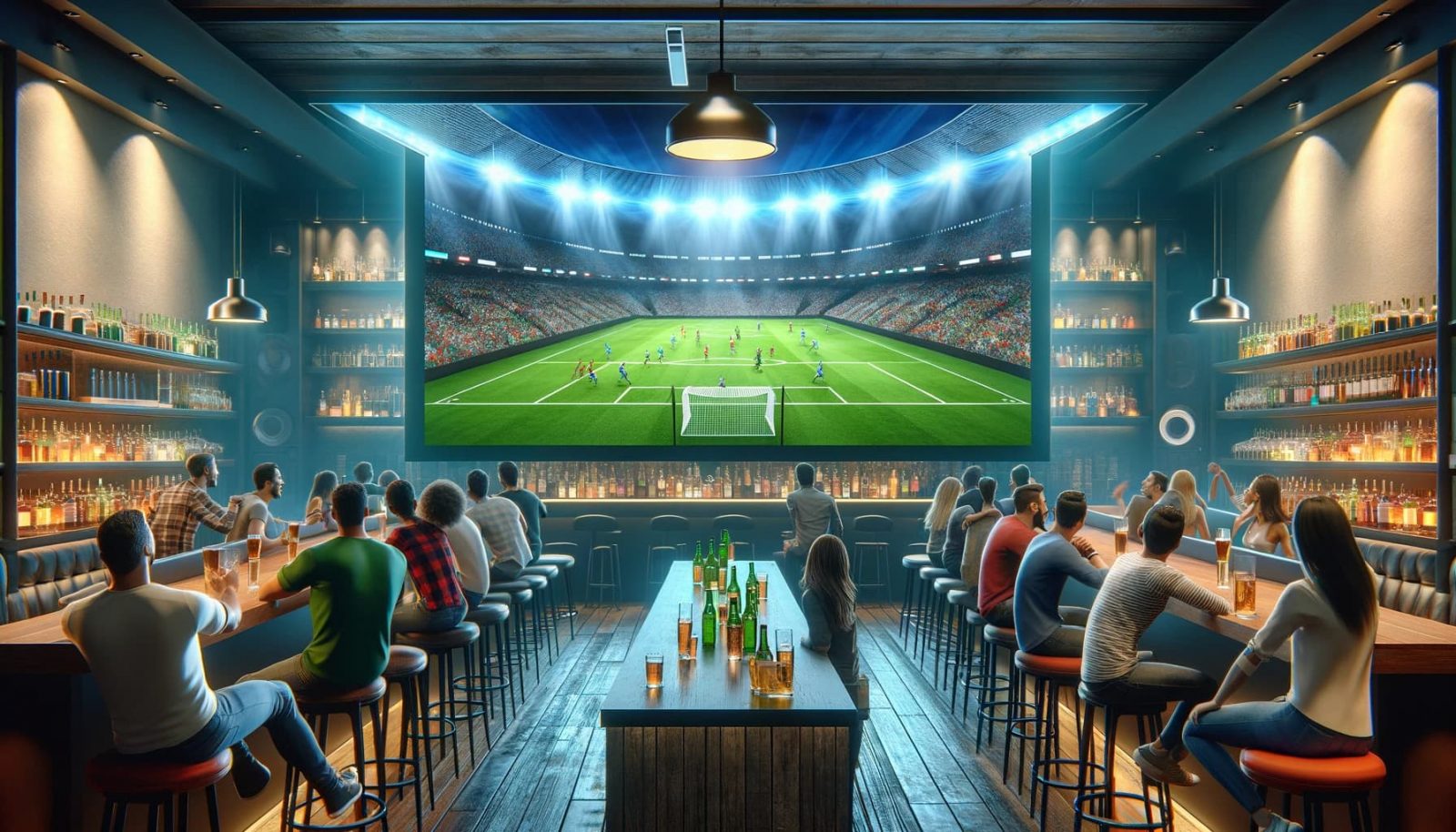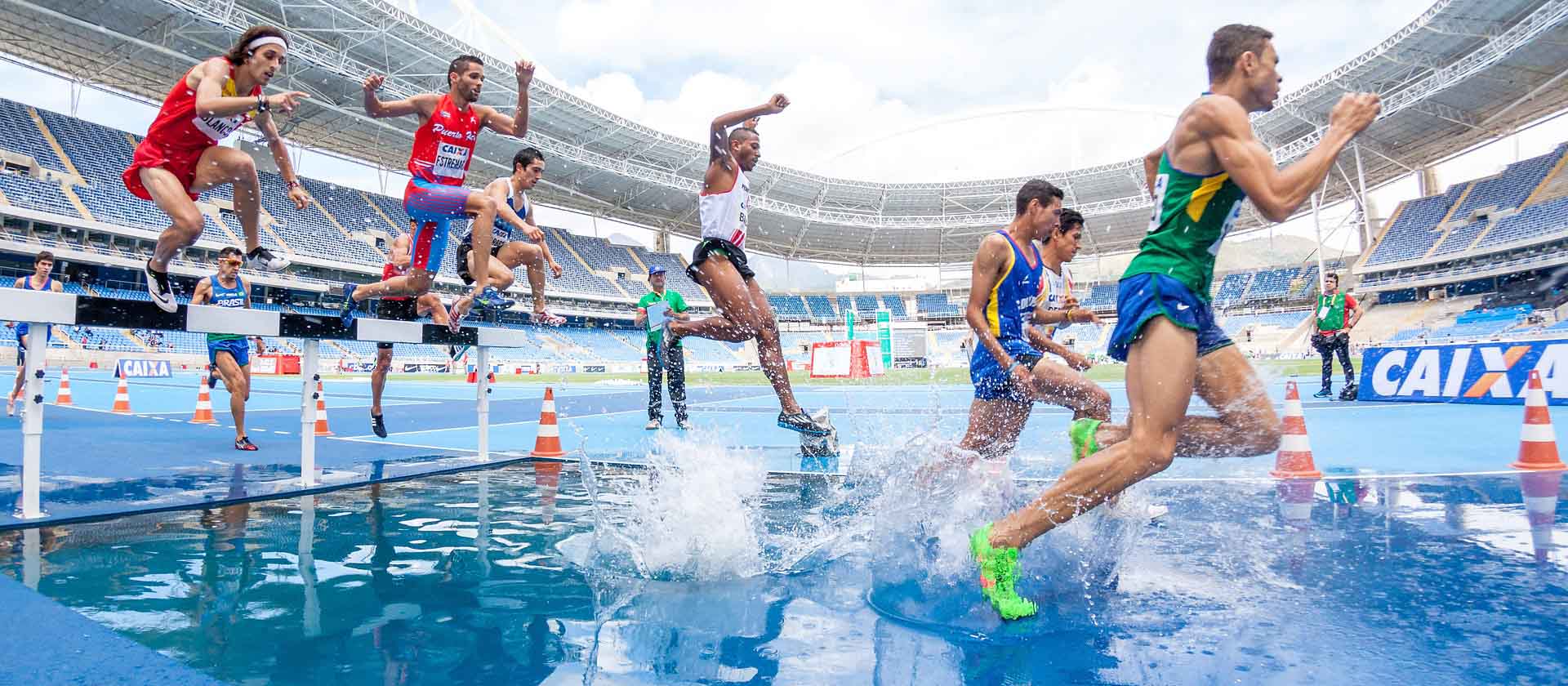Sports captivate millions worldwide, but not all fans can attend live events or have access to big-screen TVs. This is where digital projectors shine. These devices project images or videos onto large surfaces, offering an immersive and realistic viewing experience.
Initially popular in education, business, and cinema, digital projectors have now found a significant place in the world of sports. Let’s delve into the role of digital projectors in sporting events, their advantages, and the challenges they present.
Understanding Digital Projectors
Understanding the key features to look for in a projector is essential when considering a digital projector. It mainly comprises three components: a light source (such as a lamp, LED, or laser), an image source (like a computer or smartphone), and a lens.
The image source is responsible for converting digital signals into an analog format. This conversion is modulated by a microdisplay, utilizing technologies like LCD, DLP, or LCoS. This mechanism plays a crucial role in manipulating light to create an image, which is then projected onto a flat surface by the lens.
Applications in Sporting Events
Digital projectors enhance sports viewing in various settings:
Home Theater: Many fans prefer watching sports at home. Digital projectors can transform a regular room into a home theater, offering a larger, higher-quality image and surround sound. They connect to diverse sources like cable boxes, streaming services, and game consoles, providing a comprehensive range of viewing options. These projectors typically require a darker environment for optimal image quality.
Outdoor Viewing: Setting up a projector outdoors, in a backyard or a park, offers a social, enjoyable viewing experience. Outdoor projectors are brighter and more resistant to ambient light and weather, some even being battery or solar-powered for increased portability.
Public Screenings: Public screenings in schools, community centers, or public squares using digital projectors can foster community spirit and sportsmanship. These projectors are designed for large venues with high brightness and resolution, often connected to PA systems for enhanced sound.
Benefits of Using Digital Projectors
Digital projectors offer a large, detailed image with vibrant colors and sharp contrasts, improving the overall viewing experience. They also support high-quality sound and allow for customization in image size and orientation.
Projectors enable fans to enjoy sporting events from anywhere, reducing the costs and inconveniences associated with traveling and ticket purchases. They also broaden the audience reach, allowing for worldwide access and online sharing.
Projectors facilitate interaction among fans and provide access to additional information like statistics and replays, contributing to a more engaging and festive atmosphere.
Challenges in Using Digital Projectors
Technical Issues: Projectors may face technical problems like malfunctions or compatibility issues, impacting the viewing experience. They are also susceptible to external disruptions like power outages or network failures.
Environmental Factors: The performance of projectors can be affected by lighting, temperature, and noise levels. They also face risks like exposure to the elements and potential environmental impacts.
Legal and Ethical Considerations: There are concerns about intellectual property rights, privacy, and security, along with potential misuse for illegal activities. Regulations regarding licensing and censorship can also affect their use.
Choosing the Right Projector
When selecting a projector for sporting events, consider these key features:
- Resolution: A minimum of HD resolution is recommended for clear, sharp images, with 4K being ideal.
- Brightness: Look for at least 2,000 lumens for indoor use, and higher for outdoor settings.
- Contrast Ratio: A higher contrast ratio enhances image depth and color quality.
- Connectivity: Ensure the projector supports various connectivity options like HDMI, VGA, USB, and wireless connections for streaming from mobile devices.
The Rise of Projectors in Sports Entertainment
Initially a staple in education and business, digital projectors have now become a game-changer in sports viewing. They offer fans who can’t attend live events or don’t have access to large TVs an immersive way to enjoy sports. With their ability to project onto large surfaces, these devices create a realistic and engaging viewing experience.
Key Features of Digital Projectors
When choosing a digital projector for sports viewing, it’s essential to understand its components. The light source (lamp, LED, or laser), image source (computer, smartphone), and lens work together to convert digital signals into vivid images. Technologies like LCD, DLP, or LCoS in the microdisplay modulate light to create clear, vibrant images.
Conclusion
Digital projectors have transformed the sports viewing experience, making it more accessible, engaging, and enjoyable for fans with various preferences and in different environments.
While these projectors have their unique challenges, selecting the appropriate one can significantly elevate the enjoyment of sports events. For more info, you can find in-depth insights and guidelines at gagadget.com.






